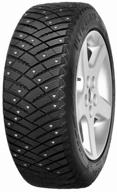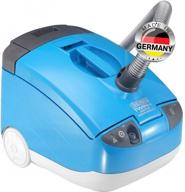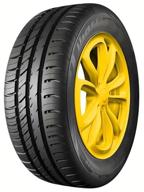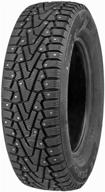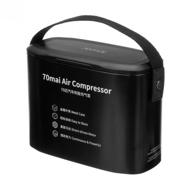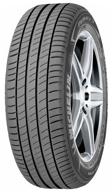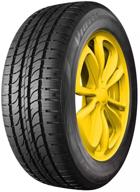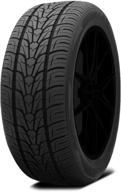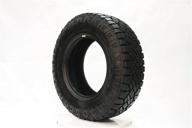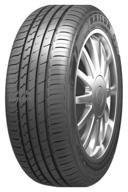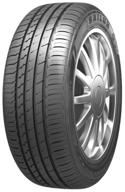Pros
- the first 5000 km was super rubber.
Cons
- the spikes are just not what they are, there are a lot of them, but they are small, and even with not much snow they stop working. But the most important thing is that their normal work ends after 5000-7000 km. Also, the cord could be made stiffer.
Pros
- Excellent behavior on dry and wet pavement, both in winter and in the off-season. Moderately quiet, they steer perfectly on the pavement (the sidewalls are quite rigid even on the 65 profile, the thrust wheel does not break in corners), it does not sag at positive temperatures. Switching from summer tires (a Michelin PS4 to a 55 profile with an even higher load index and a very stiff sidewall) doesn't feel like you've moved from a car to a bog like it did on the XIN2. On ice, the grip is not as "anchor" as that of the 8 Hakkapelita, but the predictability of control is much better - skidding as the lateral load increases does not happen suddenly, but the car starts to be slightly dragged, and this happens long before the breakdown into a skid. On ice, it seems that the tires are not spiked, but coarse sandpaper, which makes the position of the car and the margin of the hold feel great.
Cons
- Compared to the XIN2, due to the stiffer sidewalls, they “flatten” worse and row worse on soil or a yard littered with snow. Traditionally for the entire line of XIN - so-so directional stability in conditions of "track after a heavy snowfall", you constantly have to taxi, but on rolled snow it slows down better than XIN2. There are big doubts how this rubber will behave in -40, the rubber composition is quite hard.
Pros
- Quiet, well kept on almost any road.
Cons
- Until I noticed





